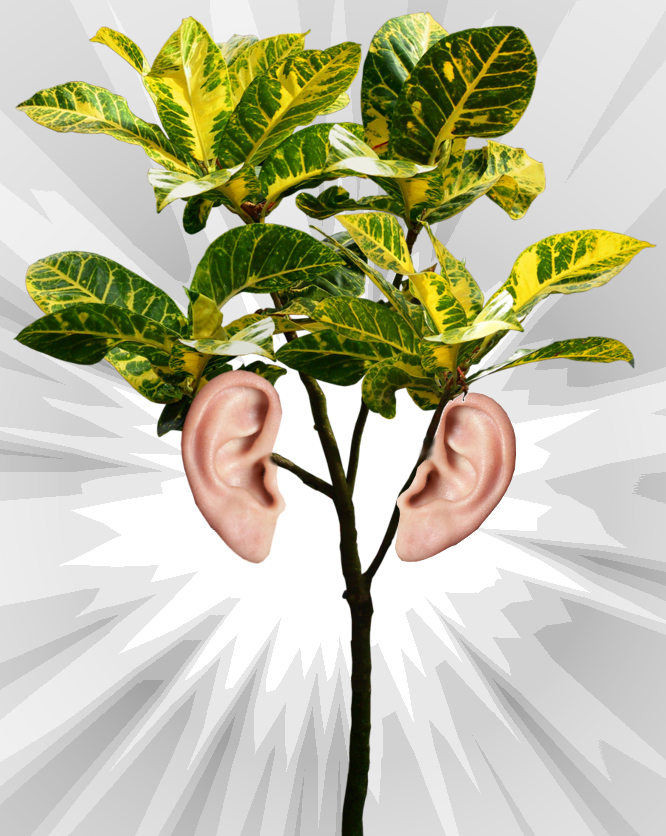Plants sound stress alarm
 Scientists have recorded sounds from plants under stress.
Scientists have recorded sounds from plants under stress.
Plants that are stressed from dehydration or having their stems severed emit sounds that can be compared to the sound of bubble wrap being popped, according to a recent study published in the journal Cell.
The research, conducted by scientists in Israel, is the first evidence that these ultrasonic vibrations are airborne, making them relevant for other organisms in the environment.
Although humans cannot hear these sounds, it is possible that insects, other mammals, and other plants can.
The study found that stressed plants emit more sounds than unstressed plants and that water-stressed plants began emitting noises before they were visibly dehydrated.
The plant sounds resemble pops or clicks, and a single stressed plant emits around 30–50 of these clicks per hour at seemingly random intervals, but unstressed plants emit far fewer sounds.
“When tomatoes are not stressed at all, they are very quiet,” says senior author Lilach Hadany, an evolutionary biologist and theoretician at Tel Aviv University.
Water-stressed plants began emitting noises before they were visibly dehydrated, and the frequency of sounds peaked after 5 days with no water before decreasing again as the plants dried up completely. The types of sound emitted differed with the cause of stress.
A machine-learning algorithm was able to accurately differentiate between dehydration and stress from cutting and could also discern whether the sounds came from a tomato or tobacco plant.
The researchers suggest that the sound may be due to the formation and bursting of air bubbles in the plant's vascular system - a process called cavitation.
The fact that these sounds exist has significant ecological and evolutionary implications, and it is possible that other organisms could have evolved to hear and respond to them.
Previous research has shown that plants can respond to sounds and vibrations. Dr Hadany and several other members of the team have shown that plants increase the concentration of sugar in their nectar when they “hear” the sounds made by pollinators, and other studies have shown that plants change their gene expression in response to sounds.
“If other plants have information about stress before it actually occurs, they could prepare,” says Dr Hadany.
Sound recordings of plants could be used in agricultural irrigation systems to monitor crop hydration status and help distribute water more efficiently, the authors say.
The research team is investigating the responses of other organisms to these sounds and exploring their ability to identify and interpret the sounds in completely natural environments.
Now that we know that plants do emit sounds, the next question for scientists is - ‘Who might be listening?’








 Print
Print